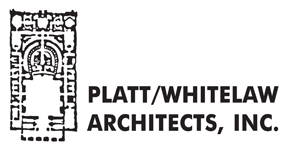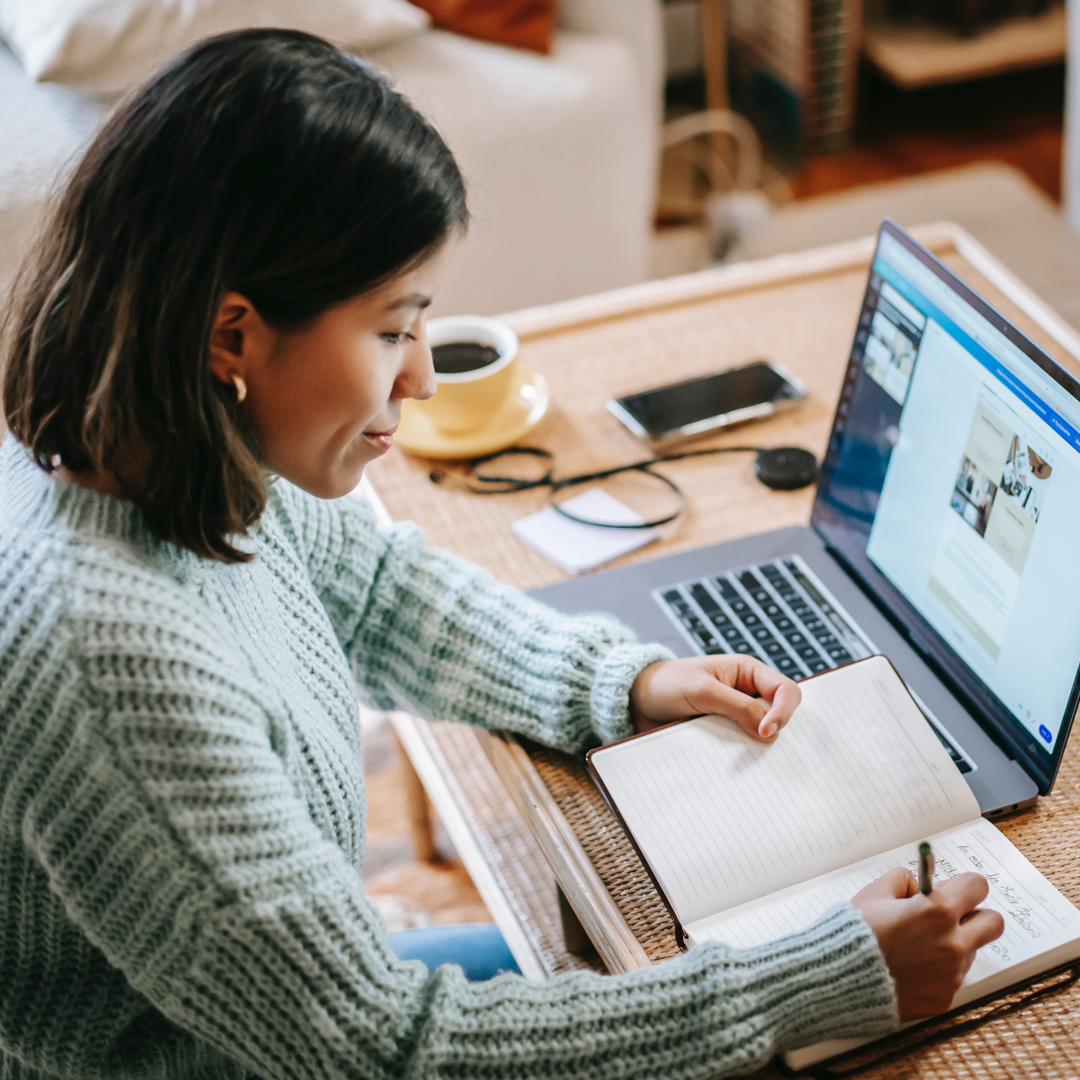What Does a Return to Work Look Like – One Year Later?
By Sandra Gramley, AIA, NCARB, LEED AP BD+C, and Naveen Waney, AIA The one-year anniversary of California’s initial lockdown has come and gone. With its passage, we at Platt/Whitelaw Architects are reflecting on the impacts the past year has brought to public workplaces and what a return to work could look like for those working […]




